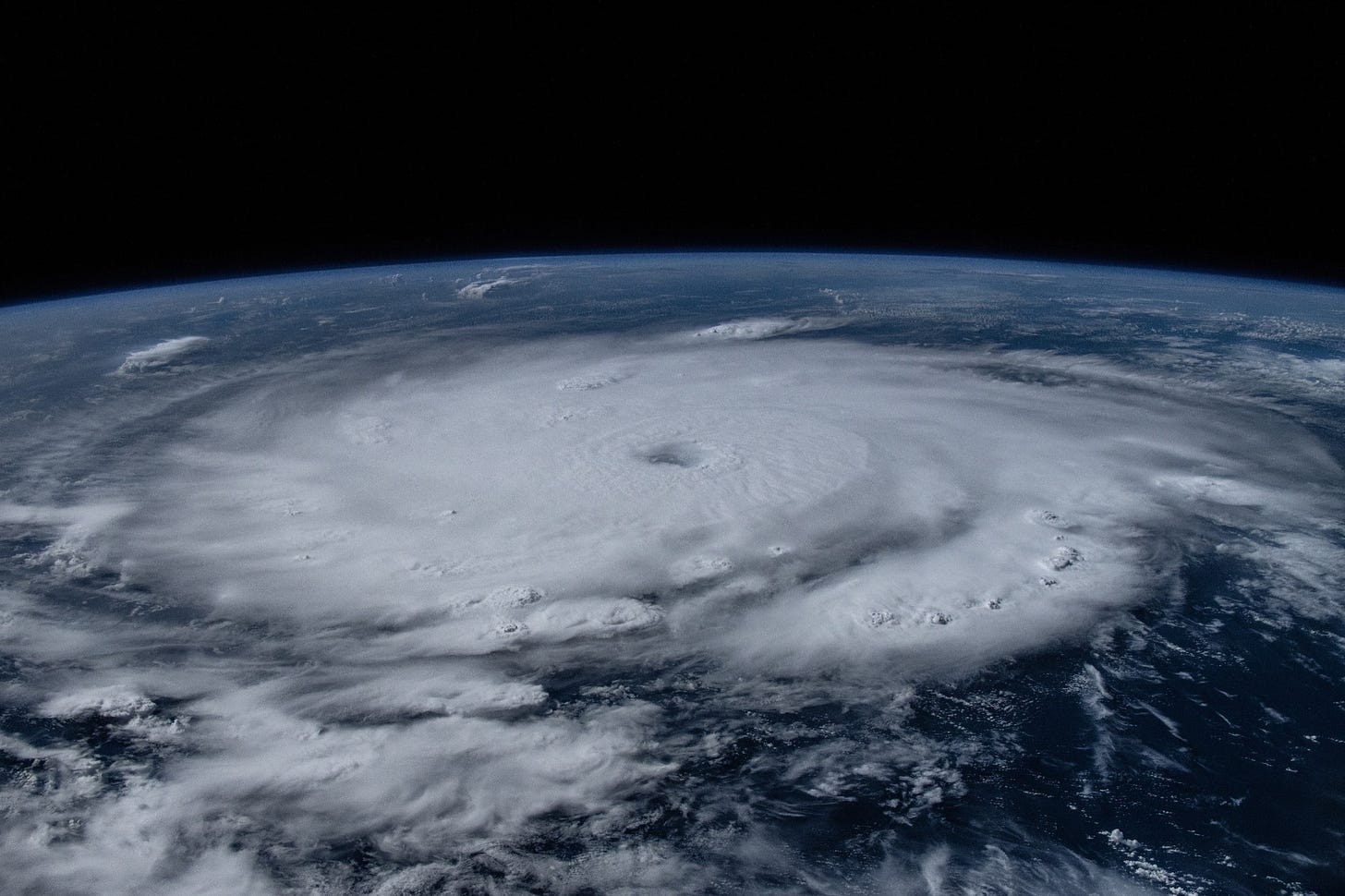- Published on
Hostile Summers
Welcome to theUbik Blog!
If you haven’t already subscribed, subscribe here!
Sweat+
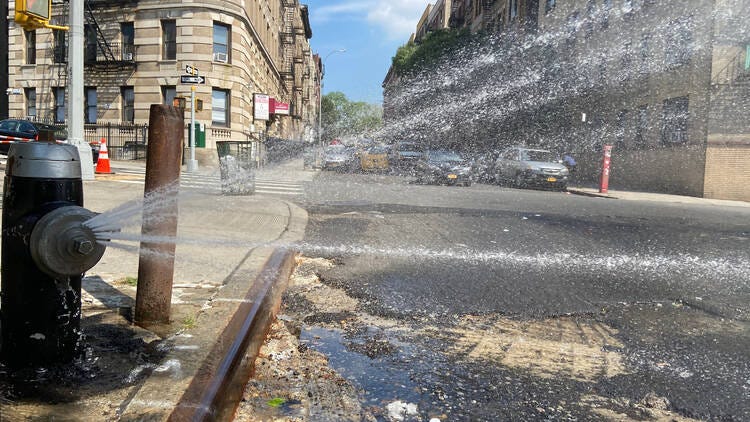 Photograph: Courtesy of Shutterstock
Photograph: Courtesy of Shutterstock
It's 8:30 AM on Thursday, July 18th. I'm outside, and thankfully, I'm not sweating. For the last five days, my commutes to and from work have left me drenched in sweat. Since Sunday, the 14th, severe heat has blanketed the US. This heat feels unlike any summer from my childhood—a thick heat resembling Southeast Asia's humidity suffocates New Yorkers. This new baseline may mean more beach days, but the drawbacks should have you worried about our future climate.
Novel Summer Issues
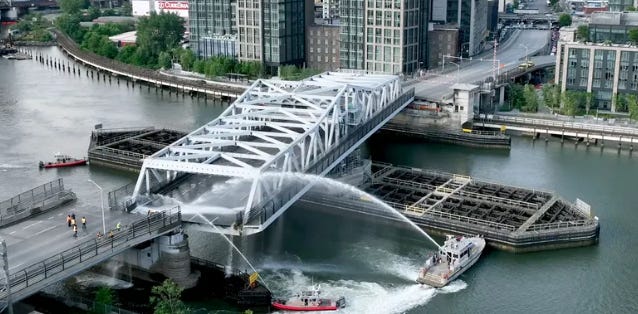 Fireboats spray The Harlem Bridge while stuck open due to extreme heat. Photo: Lokman Vural Elibol/Anadolu Agency.
Fireboats spray The Harlem Bridge while stuck open due to extreme heat. Photo: Lokman Vural Elibol/Anadolu Agency.
Extreme heat continues to break the Northeast and densely populated urban areas. These severe conditions may seem novel, but scientists have warned us for decades. It would be naive to think that climate change and warming temperatures have come out of nowhere or that the earth's warming does not affect our collective ability to thrive. Increased temperatures directly impact the severity of hurricanes, heat-related deaths, tornadoes, and flooding.
On Monday, July 8th, NYC's Harlem Draw Bridge, which carries around 50k vehicles daily and connects the Bronx and Manhattan, got stuck open due to severe heat. After three days of 90+ degree weather, the metal locking devices expanded and could not close. Although this incident is not necessarily out of the ordinary, such moments indicate problems that may become normal in our hot summers (Bonanos, 2024).
This year, 16 tornadoes touched down in Upstate NY in 7 days, setting a new July record. July is historically the most likely time for tornadoes to touch down in the Northeast, but 16 in 7 days may indicate a new baseline in our climate-changed world (Coin, 2024). Tornadoes cause damage. Senator Kirsten Gillibrand told the Federal Emergency Management Agency (FEMA) to be prepared to respond to the damaged areas that exceeded $37 million in damages (Fahy, 2024).
Hurricanes & Ocean Temperatures
We break records (or come very close) each year. 2023 saw the warmest Atlantic Ocean temperatures to date and 20 named storms, making it the fourth most hurricanes recorded in one hurricane season (NOAA, 2023). In 2022, the US experienced the most costly hurricane season, amounting to $165.1 billion (Smith, 2022).
Today, temperatures are already higher than last year, an indicator that has scientists worried about our annual habit of raising the global temperature. This constant increase has a direct effect on extreme weather phenomena like hurricanes. Warmer temperatures mean more ideal environments for these storms, which means more displaced families and damaged infrastructure and properties. Can the US afford these damages?
One month ago, Hurricane Berryl exemplified the increased damages caused by what may be a seasonally typical storm—Berryl battered parts of the Caribbean. Berryl set many records, including the fastest-growing hurricane and the earliest recorded Cat 5 storm. Early Category 5 storms indicate a warming climate. While scientists agree that a warmer climate might not increase the number of hurricanes per season, it directly enhances their severity and intensity (Poynting, BBC).
2024 vs 2005
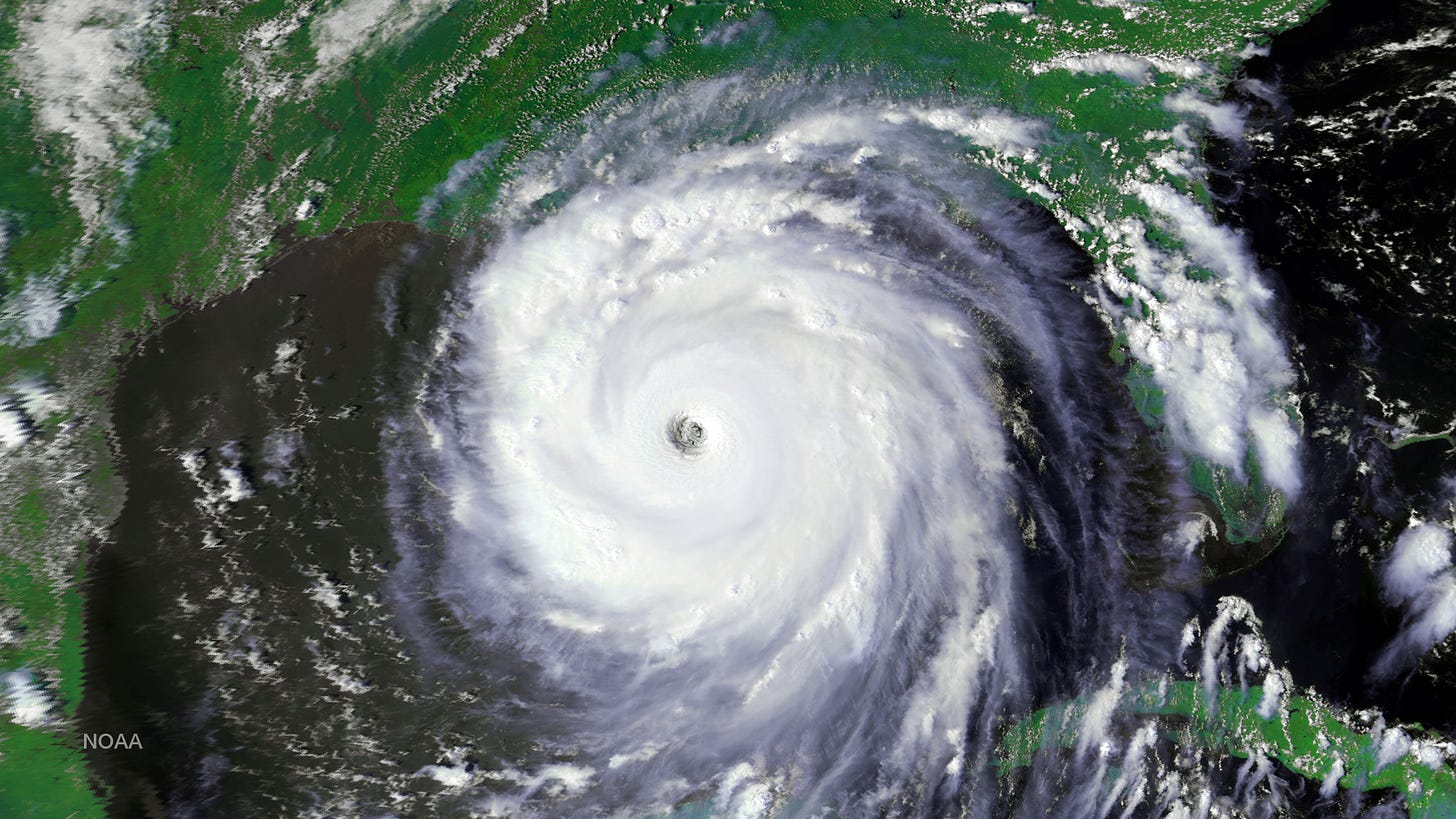 Satellite image of Hurricane Katrina over the Gulf of Mexico in 2005. (Source: NESDIS NOAA)
Satellite image of Hurricane Katrina over the Gulf of Mexico in 2005. (Source: NESDIS NOAA)
2005 saw the most brutal hurricane season, with 28 named storms, including Hurricane Katrina (Miller, 2024). The 2005 hurricane season was anomalistic; at the time, 28 named storms and seven storms reaching Cat 3 or higher caused immense damage along the Gulf of Mexico and Atlantic Coast, which came as a shock due to the sheer intensity and frequency of these back-to-back Cat 3 or higher storms.
The 2005 hurricane season was record-breaking, surpassing the previous highest number of hurricanes set in 1933. The unexpected severity of the season left us infrastructurally unprepared (NESDIS, 2020). Today, in 2024, we face a new era of severe weather events, with devastating hurricanes becoming uncomfortably regular. In 2020, the record set in 2005 was broken, with 30 named storms, seven of which reached Category 3 or higher.
From 2010 to 2014, there were 13 major hurricanes. The number increased to 17 from 2015 to 2019. Colorado State University projects that there will be twenty-three major hurricanes between 2020 and 2024. Twenty-three major hurricanes in four years is a 35% increase from 2015 to 2019. Major storms cause significant damage. From 2015 to 2019, out of 17 storms graded Cat 3 or higher, only six caused major damages in the US, amounting to $360 Billion in damages. We must understand that intense hurricane seasons with over twenty named storms are our new regular. This understanding is essential for our ability to prepare correctly.
Is NYC Prepared?
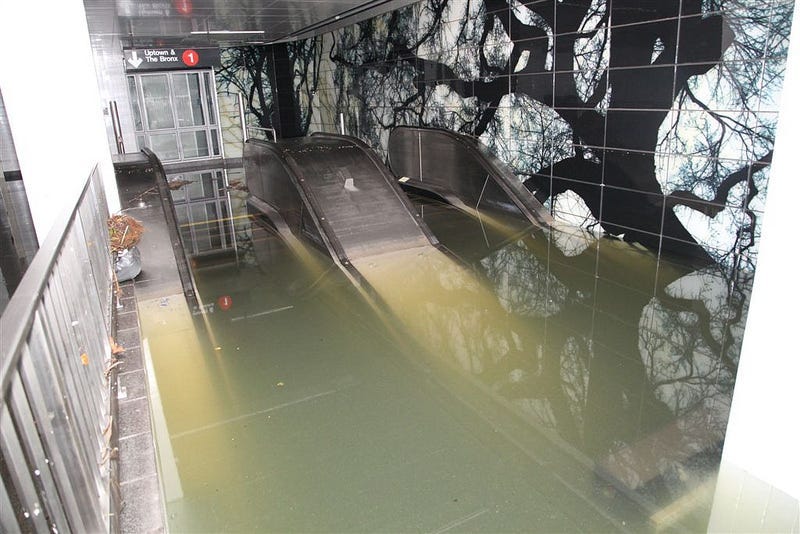 Downtown/Wall St station after Hurricane Sandy. (Sourced from Business Insider)
Downtown/Wall St station after Hurricane Sandy. (Sourced from Business Insider)
Flooding has become a new battle for the city. Urban flooding is unique due to factors like poor city planning; some neighborhoods are classified as "low-lying," meaning geographically, they are below sea level or other parts of the city. Heavy rain pools water into these areas, resulting in unexpected flash flooding. Flash floods cripple an out-of-date system designed for less rain and storm surge affecting up to 20 percent of NYC subway station entrances (Negret and McNulty, 2021), but NYC has unique factors that make it more difficult to deal with flooding.
Unlike most major cities in Europe, NYC is not inland like London, Paris, Berlin, or many other capitals in the EU, which sit on significant rivers. NYC sits in the Hudson River Estuary, a coastal area where fresh water (like rivers) and the ocean meet. Estuaries are tidal, meaning the ocean tide directly impacts the river's water level. During hurricanes, areas like NYC and Upstate NY along the Hudson are deeply affected by increased water levels during storm surges.
Projects like FloodNet, sensors designed to track how much water is pooling in low-lying neighborhoods, or the MTA's [creative new ways](http://Why $7.6 Billion of Flood-Proofing Couldn't Keep NYC's Subways Dry) to expel and reject flash flooding into the tunnels and stations. The NYC East Side Coastal Resiliency project, which will stretch 2.4 miles across lower Manhattan, aims to build an elevated green space on top of eight feet of protective flood walls.
NYC is prone to many climate threats, but our city is complicated. Allocating funds to special projects like these is important as it directly affects NYC and our ability to thrive in a scary, fast-changing world.
Work Cited
dev.nesdis.noaa.gov/news/the-2005-atlantic-hurricane-season-fifteen-years-later.
www.noaa.gov/news-release/2023-atlantic-hurricane-season-ranks-4th-for-most-named-storms-in-year.
www.curbed.com/article/why-nyc-third-avenue-bridge-stuck-heat.html.
nytimes.com/2024/07/17/nyregion/tornado-rome-new-york.html.
www.bbc.com/news/articles/c9r3g572lrno.
rpa.org/news/lab/flooding-stormwater-in-new-york-city-subway.
Cool things to check out!
Why $7.6 Billion of Flood-Proofing Couldn't Keep NYC's Subways Dry.
How 5 NYC Neighborhoods Are Struggling With Climate Change.
Subscribe

